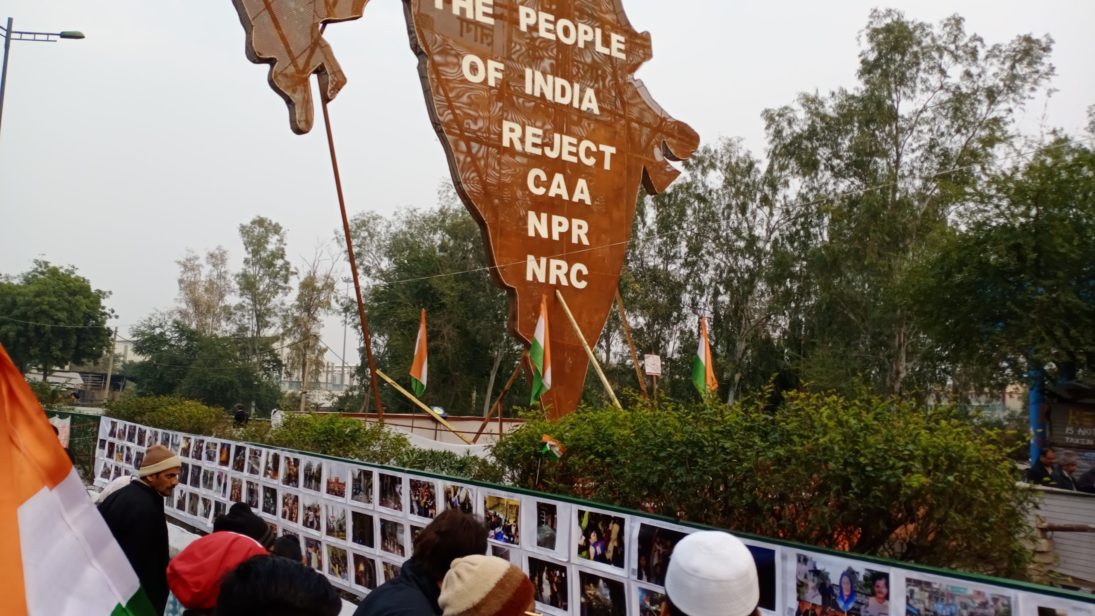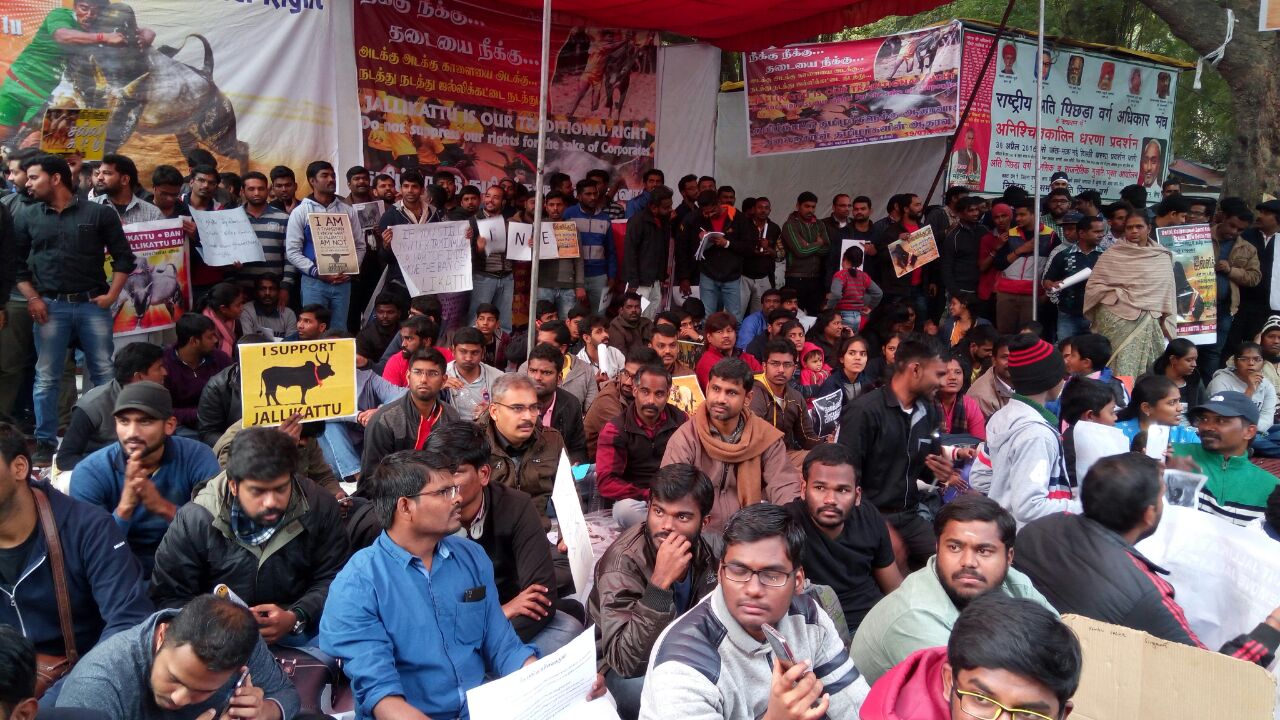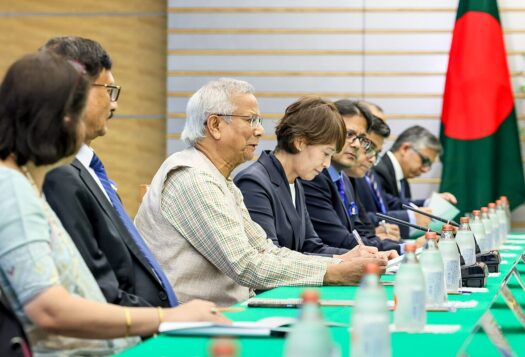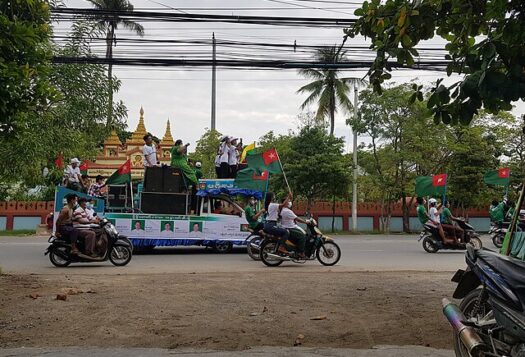
In September 2020, India passed three agricultural reforms which have led hundreds of thousands of farmers to demonstrate peacefully on the outskirts of New Delhi since November. The new laws intend to modernize the agricultural sector through deregulation and corporatization. However, the farmers claim that allowing private buyers free rein in the marketplace would benefit big business and boost crony capitalism while putting them at risk of losing their businesses and land. Protests turned violent on Republic Day after some protestors diverted from agreed-upon routes and marched ahead of schedule. Authorities resorted to firing tear gas and lathi-charging the protestors. The government also suspended internet access in an effort to quash the protests. As part of this effort, the government ordered the social media platform, Twitter, to shut down user accounts critical of the farm bills, citing concerns that false news reports were spreading through social media.
The sweeping curbs with little or no push back have rekindled discussions about how the Indian government uses times of political discord to strengthen its control over information and suppress dissenting voices, stunting the world’s largest democracy. This is especially the case as internet blackouts have historically proven to be ineffective in thwarting supposed security threats or unrest.
Internet Bans, A Growing Trend
The sweeping curbs with little or no push back have rekindled discussions about how the Indian government uses times of political discord to strengthen its control over information and suppress dissenting voices, stunting the world’s largest democracy.
The use of internet bans is not new in India. Weaponizing internet access is becoming a troubling trend in the government’s response to dissent. Even though the country instituted the Temporary Suspension of Telecom Services (Public Emergency or Public Safety) Rules in 2017 to regulate the shutdown of telecom and internet services, critics argue that such powers are held by the government with little transparency and accountability.
India has repeatedly ranked highest in the number of government-imposed internet shutdowns in the world in recent years. It saw the highest number of shutdowns in 2018 with 134 reported incidents, 121 times in 2019 and 83 times in 2020. In 2021 itself, the internet has been suspended eight times in different parts of the country.
The bulk of the shutdowns—by a large margin—have been in the disputed region of Kashmir, where internet blackouts were used to silence discontent and dissent, and squash potential mobilization against the Indian government and its policies. Rights groups allege that these were also used as a cover for human rights abuses, including arbitrary arrest, assaults of journalists, and torture and detention of children. In August 2019, the region was forced offline after the Indian government scrapped its constitutional autonomy. Citing potential unrests, the authorities declared draconian crackdowns on the population. Among other measures used to suppress resistance, it suspended digital connectivity and placed tens of thousands of troops in the already most militarized zone of the world. The United Nations called the shutdown “a form of collective punishment of the people of Jammu and Kashmir, without even a pretext of a precipitating offense.”
The government imposed another internet ban—also an effort to quell potential unrest—during protests against the controversial and discriminatory Citizenship Amendment Act (CAA) in late 2019 and early 2020. A number of network shutdowns were imposed across the country when demonstrations to scrap the CAA refused to abate. Indian authorities also used shutdowns in Uttar Pradesh, Rajasthan, and Haryana after the Supreme Court judgment in the controversial Ayodhya case, which had previously instigated large-scale communal violence. These major shutdowns add to scores of small-scale shutdowns, all part of a pattern of silencing dissent using digital means. The arbitrary manner in which the Indian government curtails communication is on par with authoritarian regimes where alternative voices are intimidated and coerced into disbanding.
Rationale for Blackouts
Authorities usually justify the suspension of internet by citing national security threats or public disorder, noting a need to quell violence, prevent communal tensions, or halt the spread of disinformation. These official justifications do not cohere with the actual events that trigger the shutdowns. In reality, governments increasingly resort to internet shutdowns when they fear their grip on power is slipping and want to control the flow of information, stifle dissent and/or cover up state-perpetuated violence. Indeed, according to a study by DW, Germany’s international media outlet, the most common reason for internet shutdown in India between 2012- 2019 was state violence, accounting for 45 percent of the blackouts. These included gunfights, police brutality and extra-judicial killings by security forces.

Implications of Internet Bans
Blackouts have scary implications for civil society, spanning the social, economic and political realms. First, they prevent communications and aid efforts, and disrupt everyday lives: access to the internet has become a basic requirement for essential transactions in sectors including education, health and banking. As such, the UN has designated internet blackouts a serious violation of human rights. Shutdowns also have economic implications. According to Top10VPN.com, a global virtual private network (VPN) review website, internet shutdowns cost the Indian economy about USD $2.8 billion in 2020.
Research has also shown that curtailing the internet actually increases violence. It shifts peaceful, orderly protests to disorganized, chaotic unrest by disrupting communication and/or creating an information vacuum. This generates more room for misinformation and chaos, thereby inducing more violence.
India has slipped two places in the Economist Intelligence Unit (EIU)’s 2020 Democracy Index’s global ranking due to “democratic backsliding” by authorities and “crackdowns” on civil liberties.
Finally, shutdowns stifle dissent and critical debates, thereby impairing democratic conventions. As it is, the right-wing ruling Bharatiya Janata Party (BJP) government and its authoritarian tendencies have put India’s democratic credentials in question. The country has slipped two places in the Economist Intelligence Unit (EIU)’s 2020 Democracy Index’s global ranking due to “democratic backsliding” by authorities and “crackdowns” on civil liberties. Its Press Freedom Index has also dropped. It now ranks 142 out of 180 countries, falling behind authoritarian regimes such as Myanmar. It ranks 111 out of 162 countries in the Human Freedom Index. Declining internet freedom and the ongoing erosion of checks and balances add further nails to the coffin. As India flirts with authoritarian ethno-nationalism, it must deliberate how neighbors such as Myanmar, Bangladesh, Pakistan, and Sri Lanka faced massacre and economic hardship when they indulged in similar follies. Moreover, India’s departure from democratic norms could weaken its standing as a strategic and democratic counterweight to China in the international arena.
The Need for a Practical Solution
While research has shown that the internet indeed can facilitate the spread of xenophobia and contribute to the stoking of genocidal violence, it should not become a control and censorship tool for political gain. The BJP claims it shutdown internet access in order to prevent the spread of misinformation. Yet, the BJP too has been accused of routinely indulging in fake news, manipulated content and disinformation campaigns, which often translates into real violence. The first step to reinvigorate democratic norms on the internet is to agree on a new regulatory legal framework entrenched in transparency and accountability. Any practical solution would necessitate a model that is dialogue-based, decentralized and encompasses a variety of sectors, including the government, civil society, businesses and technological community. This could work to keep checks and balances on each other and critically evaluate the consequences of internet codes and algorithms and government policies before they are implemented.
***
Image 1: Wikimedia Commons
Image 2: Wikimedia Commons


